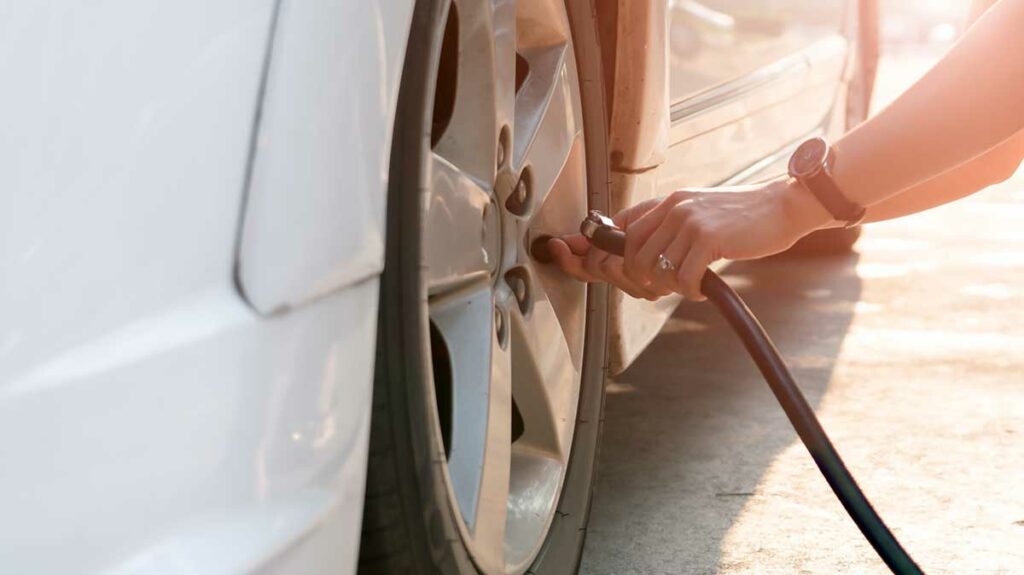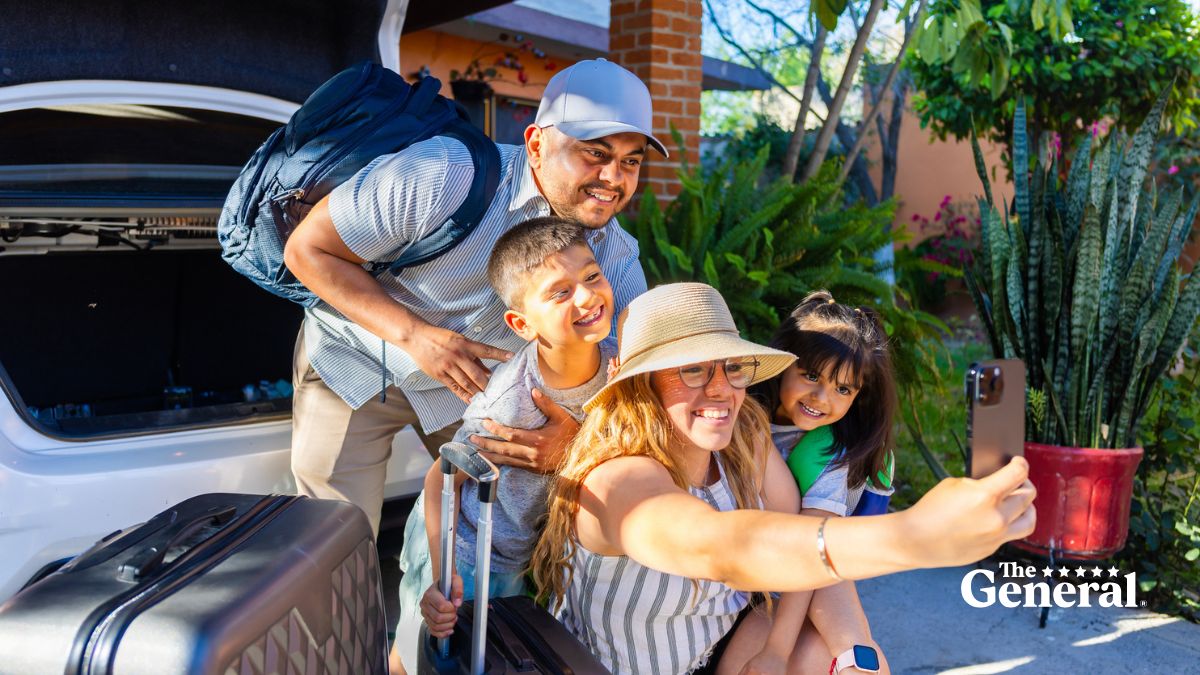Cars are meant to be driven and many of us have not been driving much. Preparing your car for post-pandemic travel may mean a little extra time and TLC but it will be worth it! After so many months at home, we’re all looking forward to re-opening and moving about the country. We have people to see and things to experience! When you get out and about for that first trip away from home, the last thing you want is to have a breakdown or a bumpy ride! No worries, we’ve got a few tips for you.

Post-Pandemic Travel Prep After Not Driving Much:
- Be prepared for a jumpstart. You probably expected this one as most people are aware that car batteries tend to go dead without use. When you’re ready to crank that engine for the first time in a while, you’ll just want to make sure you have a plan in place to get a jump if you need one.
- Check your tires. Hopefully, you have a tire gauge on hand. If not, you should probably get one, but in the meantime, most gas stations have air stations with gauges built in. It’s very common for tires to need air adjustments after sitting for extended periods of time. If you really neglected your car during the pandemic, though, you also need to inspect your tires for dry rot. If you feel any shakiness while driving or if your tires look questionable, have them professionally inspected before you hit the highway.
- Top off or drain that old gas! Did you know that gasoline can go bad? In as little as a month, the fuel in your tank can start breaking down, and the longer it’s been sitting, the more degraded it will be. For cars sitting less than three months, it’s recommended that you top off a partially full tank with fresh gas to dilute older fuel before it passes into your vehicle’s fuel system. If your car has been sitting for three months or more, though, you need to drain old fuel completely and start fresh. The safest approach to that task is to visit your nearest service center before hitting the road.
- Inspect your oil and fluid levels. A good place to start your fluids check is on the ground. Look under the car for any signs of an oil or fluid leak. Even if your garage or driveway is puddle-free, check your levels. You’ll want to check in on your levels of oil as well as transmission, power steering, and brake fluids. Driving your car low on fluids leads to costly repairs and it would definitely throw a wrench into your post-pandemic travel plans!
- Expect some mechanical kinks. Your parking brake may stick, your clutch may be tricky, and your engine may be sluggish if your car hasn’t been driven in a while. Most of these mechanics will work themselves into normal performance after driving a few miles but be prepared for some kinks. You may want to consider a trip to your local mechanic for a good bumper-to-bumper service inspection just to be safe, though.
- Turn on the lights! Lights and signals are something we often overlook until we either find ourselves in the dark or on the side of the road in a traffic stop. Don’t plan on post-pandemic travel without giving your lights and signals a good once over. No one wants to find themselves in an unnecessary traffic stop where a police officer is letting them know about a burned-out taillight.
- Make sure you’re covered! If you’re like many Americans, you may have opted to decrease your insurance coverage during the months you weren’t driving a lot. You may even have been forced to let it lapse when budgets were tight. Before you engage in any post-pandemic travel, you’ll want to confirm that your car insurance is effective, that payments are current, and that you have the coverage you need.
- Go for a spin! Before you hop on the highway to do some serious post-pandemic traveling, take a spin around town. Turn down the radio, roll down the windows, and give the engine a good listen for anything that sounds a bit off. Get that fresh new fuel flowing and get your wheels warmed up for a longer trip. To reach full operating temperature, make sure you drive 15 to 30 minutes and reach 50+ miles an hour.








